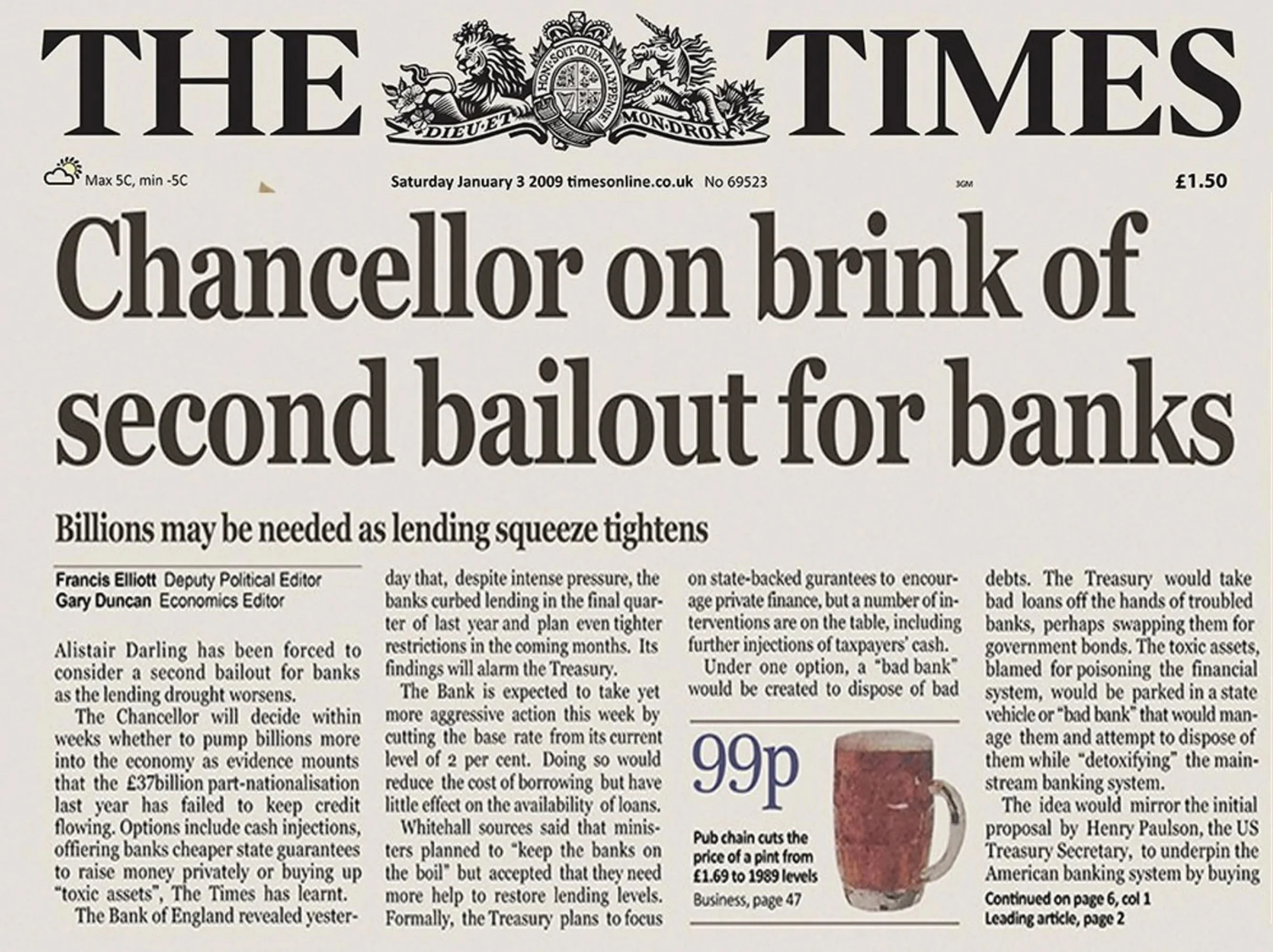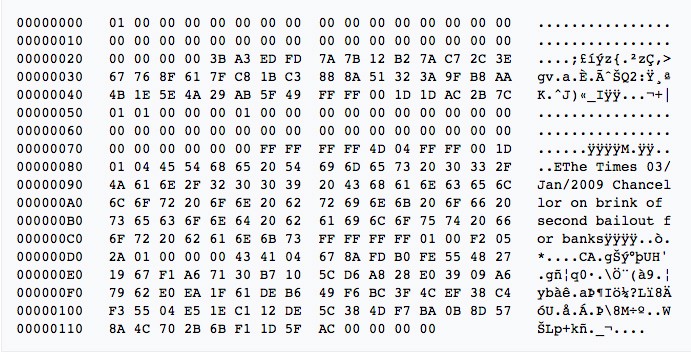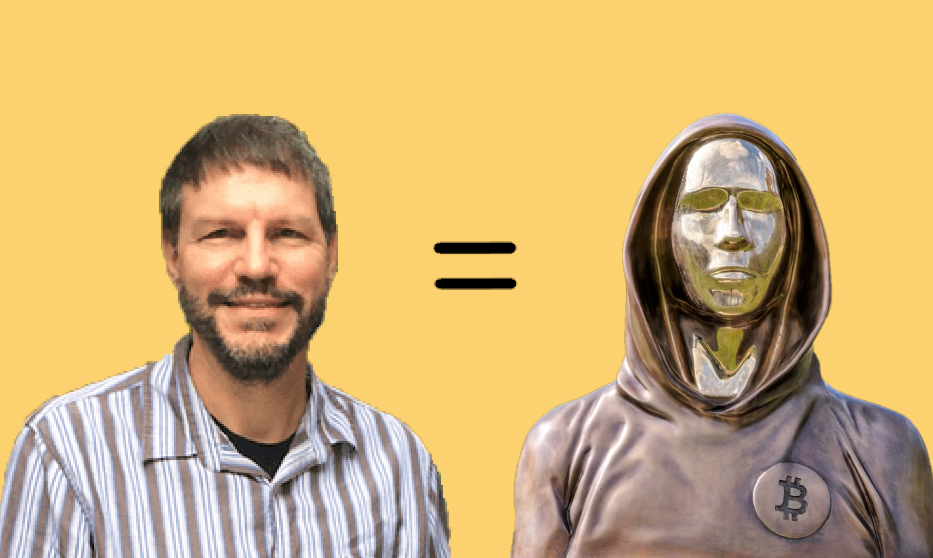Decoding Halloween: The Mystery of Satoshi Nakamoto's Bitcoin Whitepaper Launch Revealed

There are many unclear details surrounding Satoshi Nakamoto and the precise origins behind his brilliant project, Bitcoin, the world's first peer-to-peer electronic cash system. Satoshi appears to be a genius based on his masterful work on the Bitcoin project.
He is also a highly motivated individual who stopped at nothing to release the first cryptocurrency in history, providing a crucial, decentralized alternative to the fiat money put forward by central banks.
Importantly, Satoshi Nakamoto decided to release the Bitcoin whitepaper on Halloween, 2008.
While on its face, it may seem possible that Satoshi chose this day for no particular reason, Satoshi had a strong affinity for Easter eggs in his time driving the Bitcoin project to success. Today, I will decode a possible reason behind Satoshi mysteriously releasing the Bitcoin whitepaper on Halloween.
New Discovery?
In my continued research into Satoshi Nakamoto and the origins of Bitcoin, I have often wondered why Satoshi chose October 31st, 2008, specifically Halloween, as the date to release the Bitcoin whitepaper.
Halloween, at first glance, doesn't appear to be a major date in terms of financial history. There was the famous October 29th stock market crash in the 20s, but that's a few days off. In addition, there have been suggestions like it being symbolic of Satoshi "wearing a costume" since he was hiding his real identity, but this doesn't appear to be backed up by much.
Importantly, Satoshi's online work features Easter eggs that pay homage to financial history, including cleverly hidden references to newspaper headlines and momentous dates.


For example, he coded a famous article title into the Genesis Block, stating "Chancellor on Brink of Second Bailout for Banks." Also, his P2P Foundation birthday contains the day when gold was banned (April 5th) and the year in which it was unbanned (1975).
Based on the available evidence, I thought there may have been a more profound reason as to why Satoshi Nakamoto chose Halloween for the whitepaper's release, which prompted me to research further.
Enter, the year of 1913 in the United States and a prominent banker named Frank Vanderlip.
In the early days, a centralized banking system was not a desire of his, unlike his friends. He wanted a more decentralized model consistent with earlier years, including regional banks led by local bankers to be the decision makers. Unfortunately, his vision didn't end up coming true. Later on, he was forced to compromise, and the current system we have was established, making him one of the founders.
However, being a conservative banker, Vanderlip initially was a noted skeptic of the Glass-Owen Bill (also known as the Federal Reserve Act), which established the Federal Reserve system. This important fact led to a stunning 1913 New York Times article, published on Halloween, describing Vanderlip's strong opinion:

Satoshi Nakamoto made it no secret that his primary objective was to oppose the Federal Reserve and fiat money:
"The root problem with conventional currency is all the trust that's required to make it work. The central bank must be trusted not to debase the currency, but the history of fiat currencies is full of breaches of that trust."
The title of the above article, and date of publication, along with Satoshi's love for financial Easter eggs, makes it likely in my opinion that Satoshi was making reference to the 1913 article in the whitepaper's Halloween release.
This new line of thought helps to show Satoshi's strong interest in the history of money and how Bitcoin fulfills the dreams of those who oppose centralization.
Conclusion
Satoshi Nakamoto is a genius who reimagined Austrian economic theory in the digital world successfully. Until now, there hasn't been a well researched theory explaining why Satoshi released the Bitcoin whitepaper on Halloween.
Frank Vanderlip and his warnings about fiat money and the Federal Reserve likely inspired Satoshi in his journey, given his clear habit of using financial events as Easter Eggs. Satoshi's work establishing a true alternative to central banks is freeing millions of unbanked individuals across the world, and it's clear that will continue in the long term due to its strong monetary and computational properties.
* Disclaimer: This article is based on extensive research and the conclusions reached by the author are opinions, not established fact. Readers should evaluate independently.




